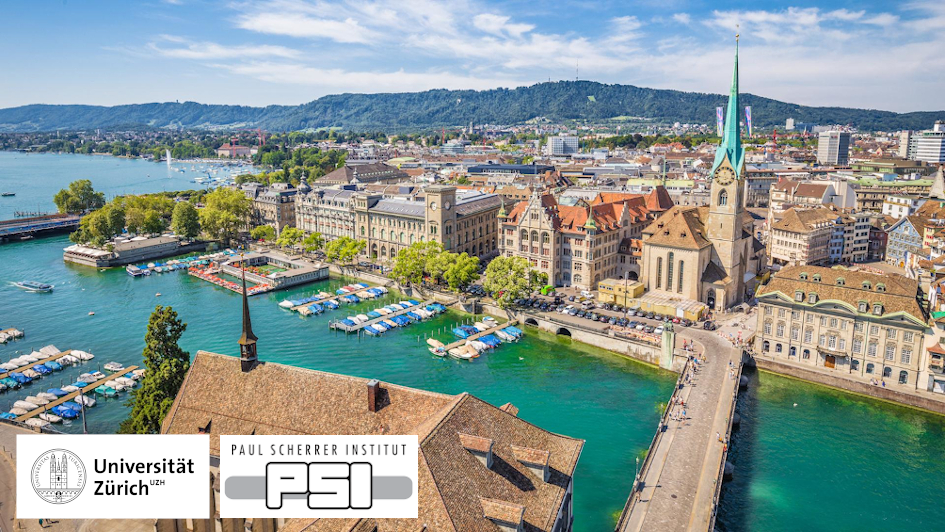Speaker
Description
Time of flight positron emission tomography can strongly benefit from a very accurate time estimator, eg. due to prompt Cherenkov emission produced upon 511 keV gamma interaction in heavy inorganic scintillators. Recently it was demonstrated that coincidence time resolution (CTR) values as good as 200 ps FWHM are possible for 20 mm long BGO crystals when selecting on events with high Cherenkov photon number, coupled to FBK NUV-HD SiPMs and high frequency electronics.
Harvesting solely Cherenkov photons as it is the case in PbF2 and considering all events independently of the deposited energy and number of detected Cherenkov photons, this quantity is improved to 142 ps (215 ps) FWHM for 2x2x3(20) mm³ crystal geometry. When black painting the crystal to reduce the photon time spread and selecting on one detected Cherenkov photon only, the measured time resolution is solely determined by SiPM properties and depth-of-interaction contribution with CTR values ranging from 113 ps to 167ps FWHM for 3 mm and 30 mm crystal length.
Beside those classical detector approaches, the combination of semiconductor detectors such as TlBr or TlCl with the possibility of utilizing prompt Chernekov photons for the time information and charge induction for precise energy and DOI identification, can lead to an outstanding detector performance with superior sensitivity, challenging the figure of merit of current used Lutetium-based materials.
We present measured and simulated CTR values for various Cherenkov radiators coupled to analog Silicon Photomultipliers and discuss current limits and paths for future detector improvements toward 100 ps CTR.
